
Collection Spotlight: Haggadah Shel Pesach
As the end of the semester approaches, many WashU students are also preparing to observe the Jewish holiday of Passover. Central to Passover observation is the Haggadah, a book that describes the histories, the items of the meal and their order (the seder), and the accompanying discussions, prayers, and songs. The University Libraries hold several Haggadot in our collections, both historic and contemporary, to guide the proceedings.
The Haggadot are also fascinating items for study. As a text reproduced for centuries across diasporas, each Haggadah demonstrates characteristics and traditions of the Jewish communities that created it. The historic Haggadot are decorated for ceremonial use and carry the histories of generational care for traditions. Some are designed specifically to keep younger participants entertained with simple language and coloring pages. Even the most ephemeral Haggadah is likely to include illustrations, typography, and other design elements that speak to its creators and use.
The mandates in the Torah on the observations of Passover are minimal, creating expansive opportunities for interpretations, commentaries, and adaptations. Typically, a Haggadah narrates the story of Moses and the Children of Israel fleeing slavery in Egypt, punctuated with activities, glasses of wine, dishes, prayers, and songs as demonstrations and interludes. Many texts use the traditional story with commentaries, some replace the antagonist of Pharoah with other forces of oppression, while yet others use the story as a metaphor to make broader meanings on liberation and resistance.
You can browse Haggadot in the catalog. Here are some examples that can be found in John M. Olin Library:
Sarajevo haggadah
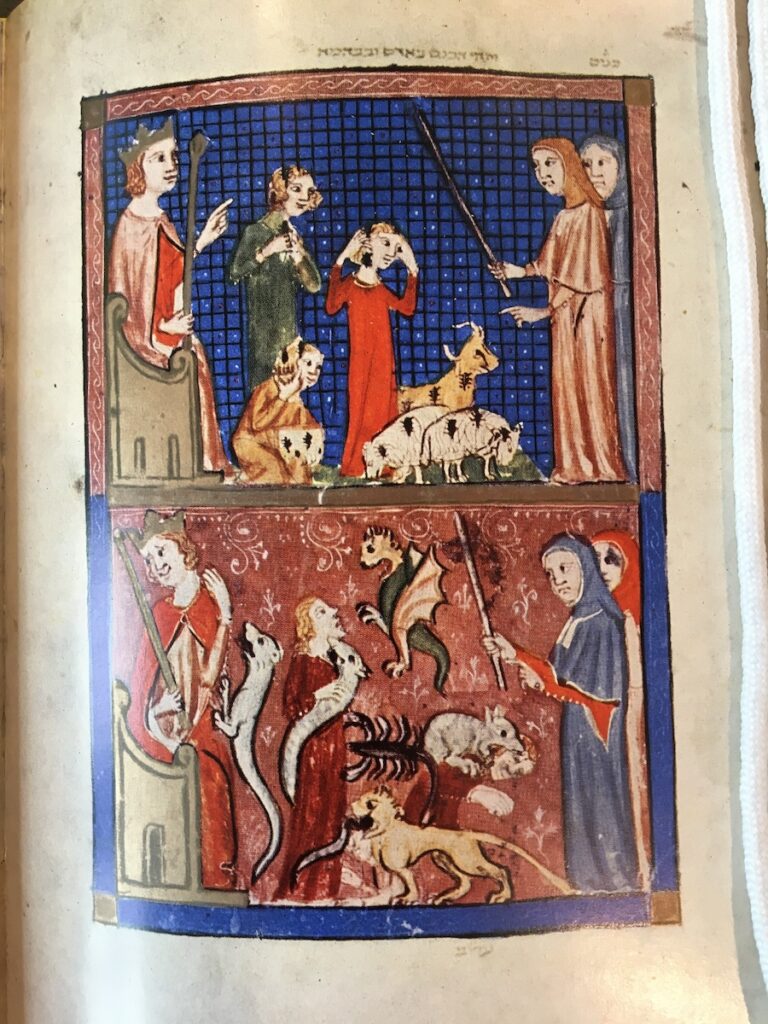
The Libraries hold facsimiles of this historic Haggadah. The manuscript originated in pre-Inquisition Spain, lived a life in medieval Italy, was sold to the National Museum in Sarajevo, hidden in a mosque during WWII, then returned to Sarajevo and survived the Bosnian War. The first 34 pages are fully illuminated, telling the story of creation to the death of Moses without text. The image here shows plagues cast upon Egypt.
maxwell house haggadah
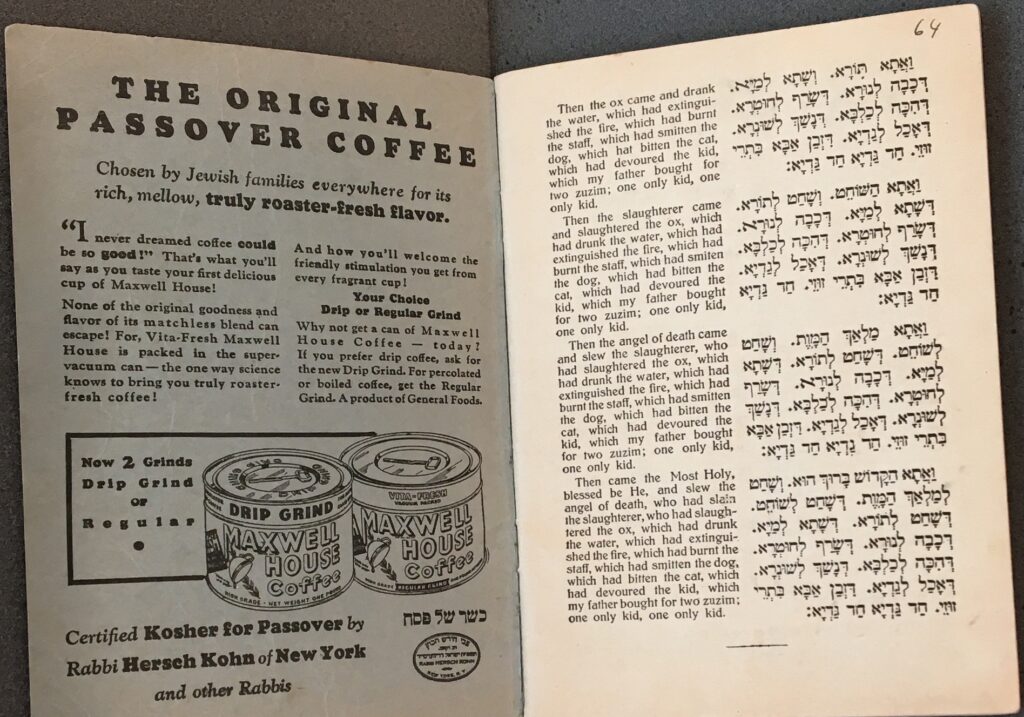
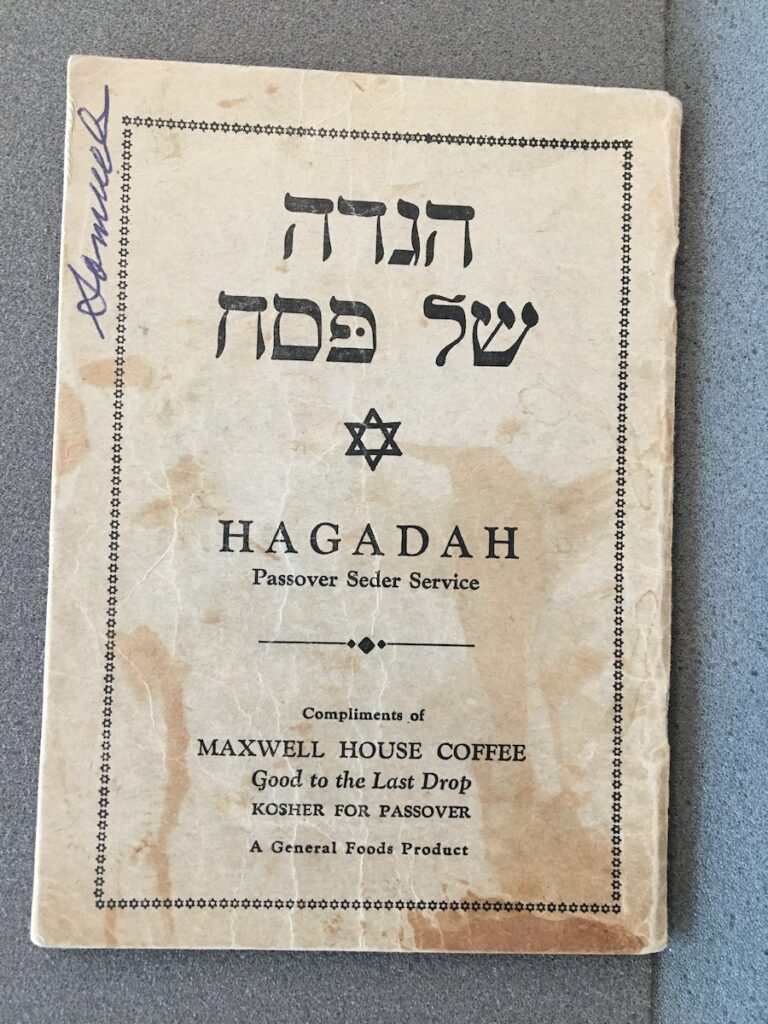
The Libraries hold copies of the Maxwell House Haggadah from 1938 and 1965. The company began printing a yearly Haggadah in 1932 to market their kosher-for-Passover product line, and it quickly gained popularity. The text is very simple, without additional commentaries, aside from occasional updates to the English translation and the advertisement for Maxwell House coffee.
A Survivors’ Haggadah
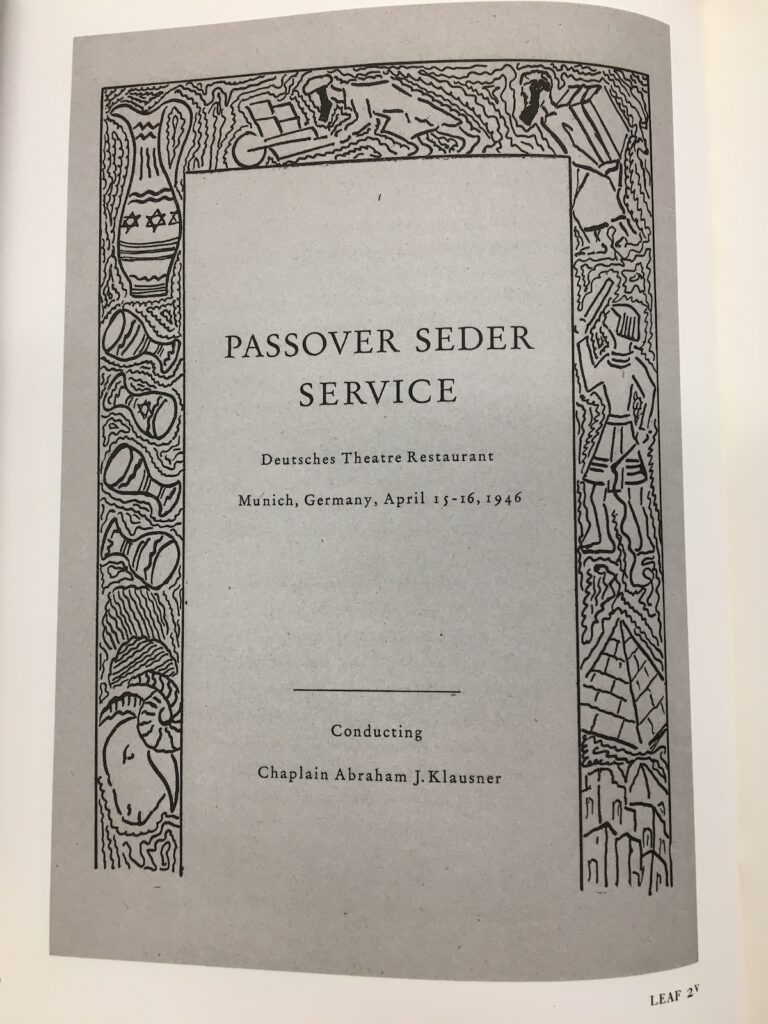
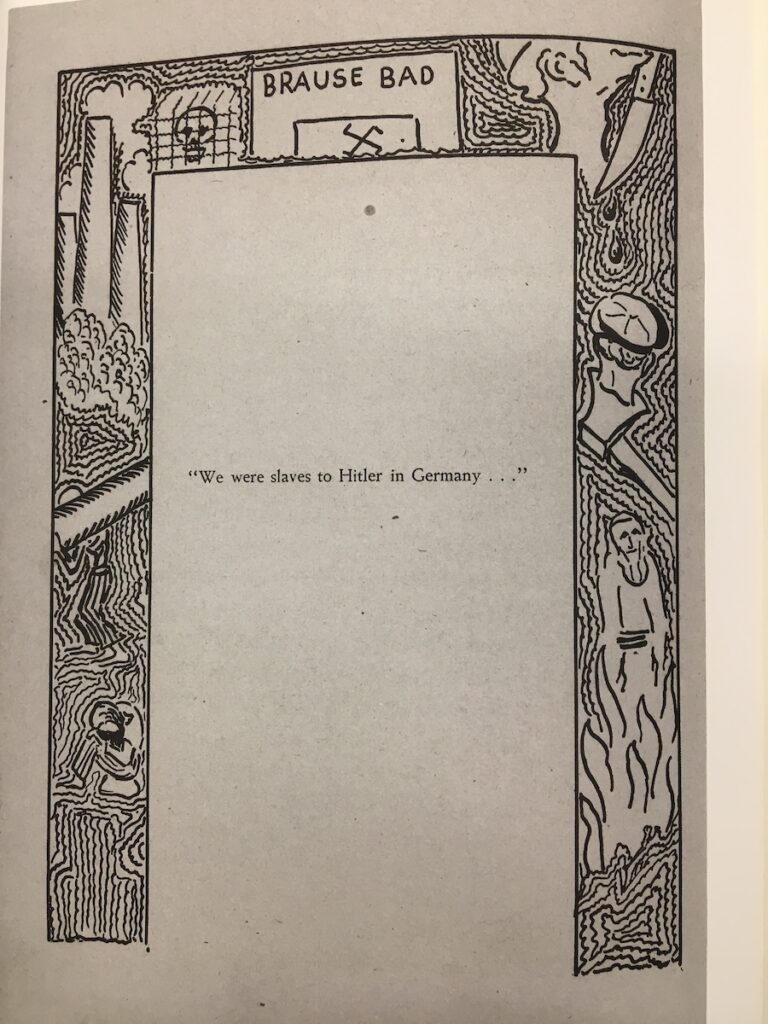
This book includes a facsimile of the Haggadah printed by the US Army in Munich in 1946, with English translation and commentary. The original text is by Y.D. Sheinson, who survived multiple concentration camps. Mikos Adler, who had narrowly avoided incarceration at Auschwitz, created the intricate woodcut illustration. The text replaces the figure of Pharoah with Hitler, and the illustrations invoke chilling scenes of the Holocaust. This is among the few known survivor-created Haggadot from 1946, considered the first Passover after the war.
4th-World Haggadah
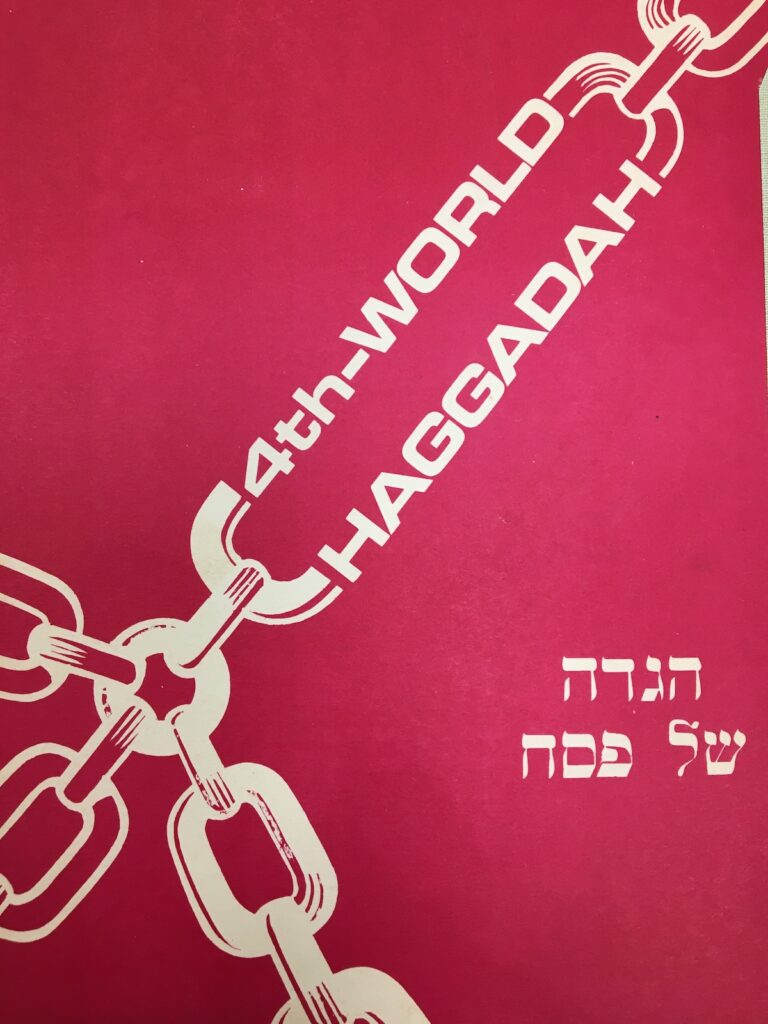
The World Union of Jewish Students published this 1970 Haggadah during a time of political radicalization, in which members of the organization aligned themselves with Third World liberation movements. Quotes from various leaders and political commentary accompany the traditional text and English translation.
The Israeli Black Panthers Haggadah
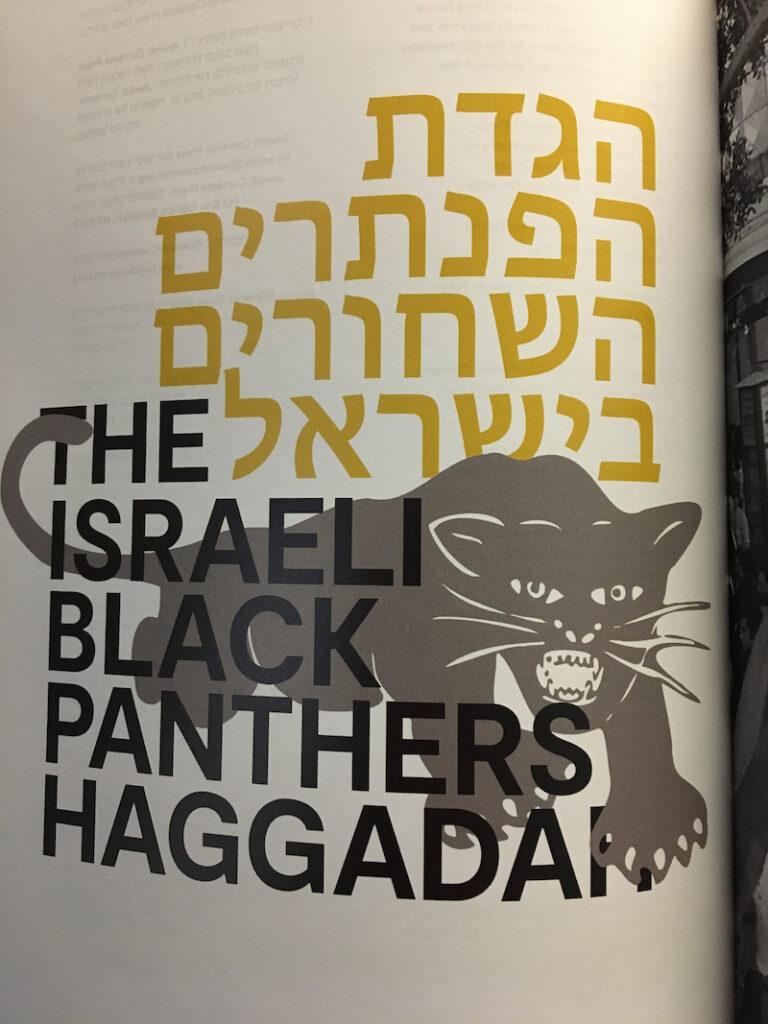
This book is a restoration project around the 1971 Haggadah written by the Israeli Black Panthers, including the recovered text, English translation, and historical commentary. The narrative is adapted for the Mizrachi movement’s demands, replacing Pharoah with the Israeli government, including altering the traditional song Dayenu from a song of appreciation to a protest song listing broken promises from the state and their demands.
Haggadah for the Liberated Lamb
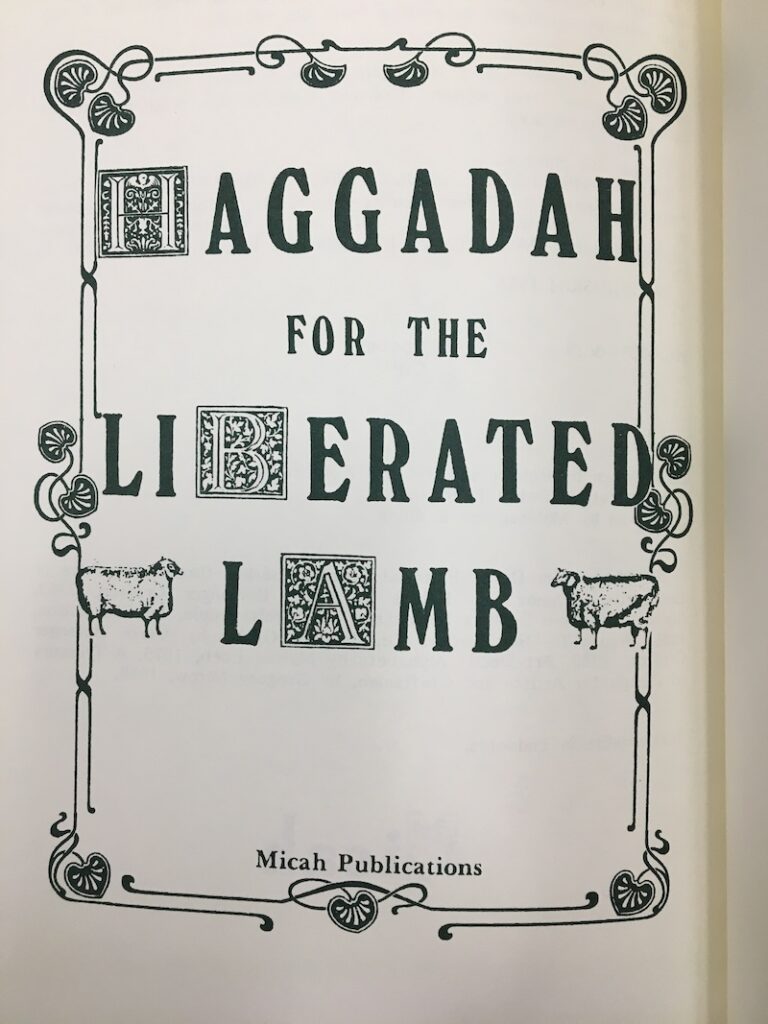
This 1988 Haggadah positions itself as a “vessel of protest” against the suffering of animals. The vegetarian lens on traditional stories highlights the role of animals as companions, and the eating of flesh as a curse due to the expulsion from Eden. The decoration and imagery draw from pastoral themes and European medieval manuscript traditions.
Mishkan haSeder: a passover Haggadah
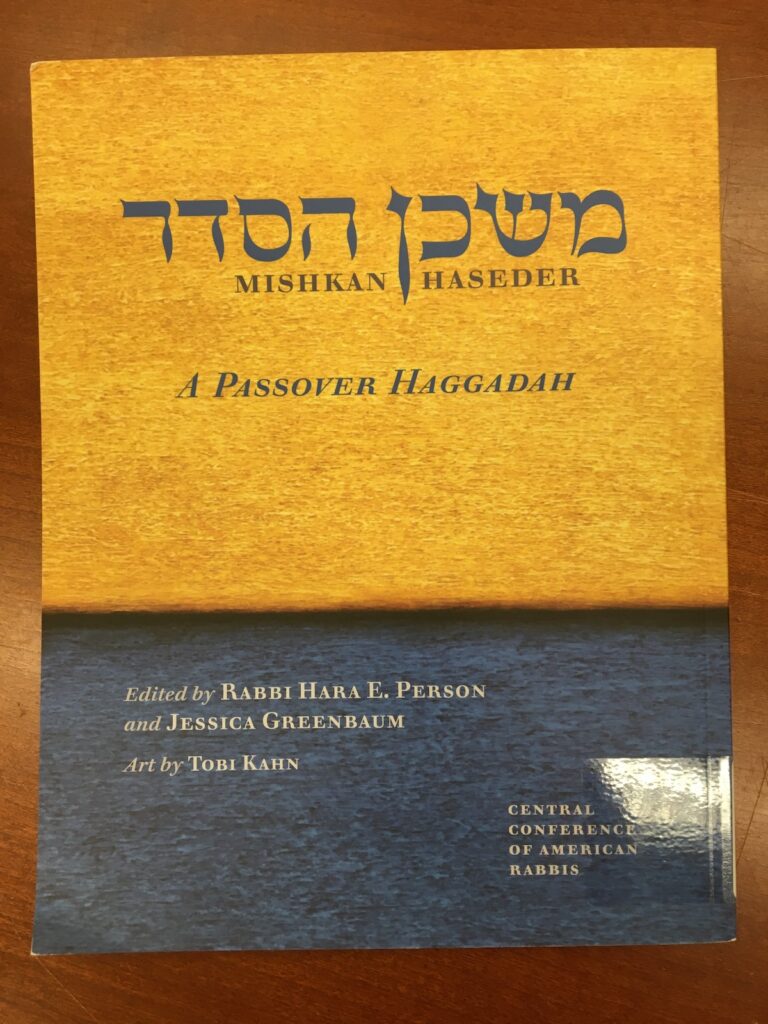
This contemporary Hagaddah, published in 2021, pairs each part of the seder with poetry. It also includes extensive commentaries related to social justice themes, evaluating issues such as the conventional translation of the “wicked child,” or the various symbolic additions made to seders, like Miriam’s cup to recognize the contributions of women, an orange to signify LGBT struggles, or olives in solidarity with Palestinians.
